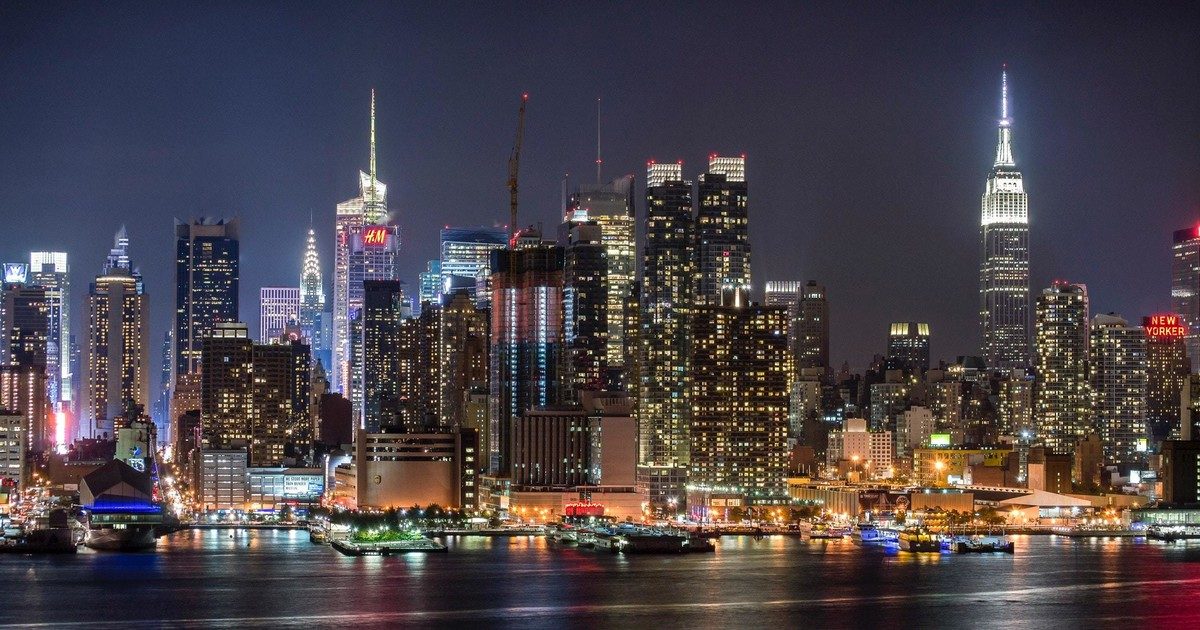In his book The Help-Yourself City: Legitimacy and Inequality in DIY Urbanism, Gordan C.C. Douglas explores the contemporary phenomenon of “do-it-yourself urban design.” Douglas defines DIY urban design as “small-scale and unauthorized yet intentionally function and civic-minded physical interventions aimed at ‘improving’ the urban streetscape in forms analogous to or inspired by official efforts” (26). Through his scholarship, Douglas highlights the role DIY urbanism plays not only in place-making, but also in creating new forms of contemporary urban citizenship. While our class discussion briefly touched upon different forms of contemporary urban citizenship here at Bowdoin, the conversation left me curious about how and why Bowdoin students claim citizenship.
Unlike traditional forms of citizenship, modern forms of belonging have become flexible and performative. Citizenship no longer stems from birthright alone but from a combination of spatial practices and alternate forms of placemaking. In class we drew on the scholarship of Lefebvre, Centner, and Greene to examine emerging forms of contemporary citizenship. Lefebvre’s work Rights to the City calls for radical restructuring of the urban environment, where decision-making shifts from the hands of the government to urban inhabitants. This emphasizes urban space as one rooted in the everyday experiences of those who occupy it. Individuals also claim urban citizenship through Ryan Centner’s and Theo Greene’s notions of spatial capital and vicarious citizenship, respectively. Center’s concept of spatial capital enables individuals to claim rights to space through staking exclusionary claims on spaces that would otherwise be public. Therefore, those who employ spatial capital to claim rights to certain urban places simultaneously inhibit others from potentially also claiming that space. Greene’s concept of vicarious citizenship, on the other hand, enables non-residential folks to claim cultural forms of citizenship within a community. Together, this new literature informs more modern understandings of citizenship.
After reflecting on the questions and readings in class, I began to think more deeply about contemporary forms of citizenship in both the Brunswick and Bowdoin community. In class, I questioned whether Bowdoin students and Brunswick community members participate in DIY urban design. Some examples some folks identified were the makeshift signs Brunswick residents erect to deter parking, the hammocks Bowdoin students install on the quad, and the free “libraries” situated around the Brunswick area. These examples clearly exhibit more DIY urban design from Brunswick community members compared to that of Bowdoin students. Why is that so? Do Brunswick citizens feel they have more of a right to the Brunswick community than to Bowdoin? One student astutely pointed out that maybe the lack of DIY urban design on Bowdoin’s campus exemplifies Bowdoin students’ risk-averse nature. Is that true? Why do Bowdoin students refuse to break the rules? What, if anything, stands in the way of Bowdoin students participating in DIY urbanism? Do Bowdoin students participate in different forms of urban citizenship? Why or why not?
Thinking about citizenship in a Bowdoin-specific context informs many questions about contemporary forms of citizenship. However, using Bowdoin as our context simultaneously limits our understanding of modern citizenship. Douglas argues that “uneven development and neoliberal planning not only produce conditions that inspire do-it-yourselfers to act but also normalize the idea that the world is their playground” (69). Is it possible to disentangle governmental processes from that of DIY urban design? Maybe this question could speak to why students at Bowdoin do not participate in DIY urban design. Is it the bureaucratic structures that inhibit them? Does the lack of DIY urban design tell us something about modern citizenship on Bowdoin’s campus?
If Bowdoin students do not participate in forms of DIY urbanism, what does that say about their privilege? Douglas asserts that “the privileged also have greater freedom to choose whether to go along with or object to the status quo” (101), which touches on the themes I was concerned with in my third question. Douglas contends that those that can afford to engage in risk behavior (cis, white, straight men) tends to engage in these forms of DIY urban design. But what does it mean when folks actively choose not to participate in DIY urban design? What does that say about Bowdoin student privilege and trust in the greater Bowdoin governance strategies in place?
Using Bowdoin students as a lens for studying citizenship may not directly apply to Gordon’s concept of DIY urban design. But I think maybe concepts like spatial capital and vicarious citizenship could help us understand the ways in which folks form ideas of citizenship, particularly on Bowdoin’s campus.
